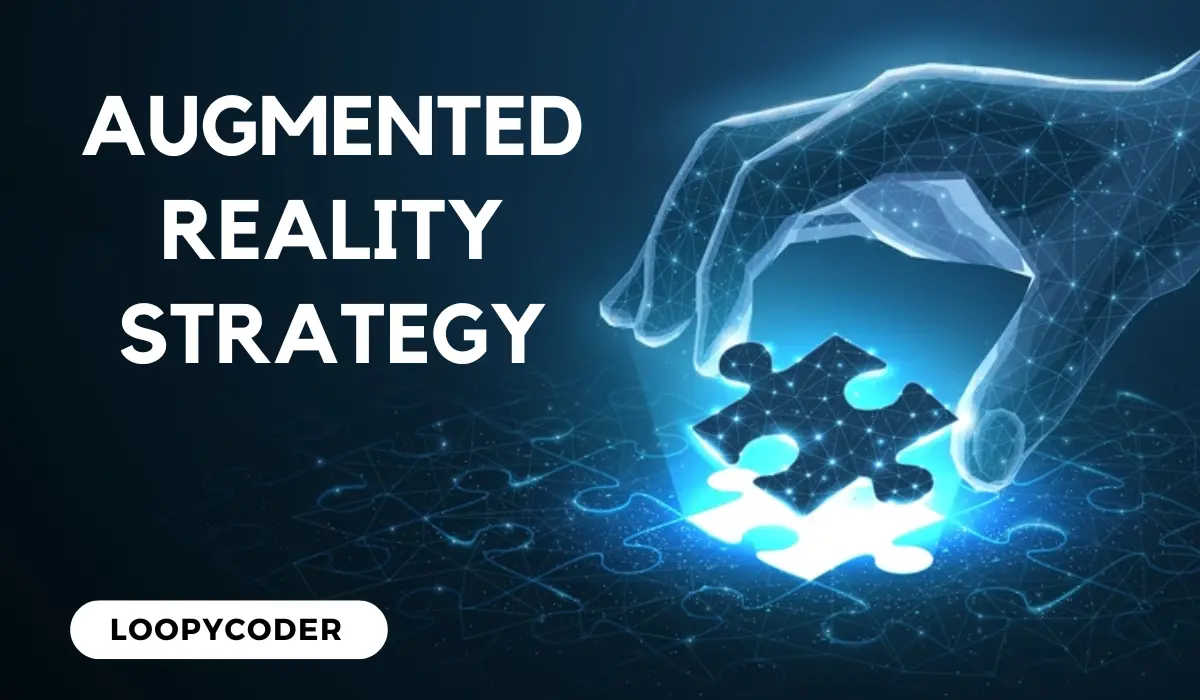Augmented reality (AR) has become rapidly popular in the last few years. It is an emerging trend at present. Enterprises started to take it as potential for their businesses. AR technology gives an amazing user experience to the users by overlaying digital content into the real world. But creating a unique and immersive experience is not about technology only. While developing an AR strategy businesses should keep in mind various content considerations. In this content we will know about five important content considerations for your AR strategy.
Why is Content Consideration Needed for AR Strategy?
For Augmented Reality content consideration is important. Because it enhances the user experience and overall effectiveness of the AR strategy. AR has the ability to give a great user experience. But if the content is not carefully structured, it can affect the whole experience. It can be distracting for the users as well.
To showcase the products and services in a creative way, AR content strategy can be used. It helps to provide a unique experience to the users. Customizing the content can be very effective as it can be tailored for the specific audience who have different requirements.
Content consideration is important for effective Augmented Reality Strategy. Because it ensures that the content presented through the AR experience is aligned with the brand interactive, engaging, shareable, and personalized to meet the needs of different audiences. This leads to a more effective AR strategy. And it engages users, drives business results. And ultimately enhances the overall customer experience.
5 Content Considerations for Your Augmented Reality Strategy
As technology advances, Augmented Reality is a trendy thing at present. To give the customer a unique experience, AR needs marketing strategies. If you’re considering using AR as part of your marketing strategy, here are five content considerations to keep in mind:
Source & Anchor Content
Sourcing content for your AR content consideration is crucial. Because you have to be more careful about it. You can source content from an array of various sources. It can come from paper-based operating sources to smart products.
You can apply Internet of Things (IoT) techniques. It will activate real-time data to physical things. It will contextualize the user experience on a different level. AR offers new lenses. By using those lenses, users can view simulation modules. It consists of computational fluid dynamics. Easily accessible and the most valuable source is people. You can get great content ideas from people and from their reviews or feedback. They are a great source of content.
Another important part is Anchor Content. Utilizing 3D Waypoints that are triggered by GPS (x, y, and z) coordinates is one way to anchor the content in its environment. A strong and well-known consumer example of the potential of anchoring for dynamic content is Pokemon GO. You can generate customized contents by utilizing a specific model or combination of some models.
Format of The Content
The format of the content can be in two formats; 2D or 3D. Actually 3D format used for AR content. Also content can be represented in many ways such as text, data, image, video, sound. Content can be displayed in various formats to the user. It can be in the format of text, data, images, and sounds. Many retailers use 3D holograms. For example IKEA uses 3D holograms to show you how to place your furniture in your room, how they look more beautiful.
With AR, you may use cutting-edge HMI to take advantage of novel format interactions, such as using haptics. It will activate activities with 3D objects. Spatial programming, which overlays code-logic on top of physical objects, can significantly cut down on machine changeover times and reprogramming expenses.
Configuration
Because of the excessive customization, the complexity of the products are increasing. And this is creating the necessity of seamless integration of AR across domains and departments. The extensive digital and paper information ecosystem will require special consideration in AR content initiatives.
Through a simple file system content can be separated or categorized from code. So from a single system user can read their favorite contents. AR also needs that kind of content management system for effective AR applications.
For example for buildings, more specialized content management systems might be available. A PLM (Product Lifecycle Management) system is needed to handle the myriad unique configurations. It also has an impact on an AR experience for items or increasingly sophisticated products. This information flows from these digital threads are crucial for informing the use case’s. PLM offers essential content for industrial augmented reality applications. The engine quality assurance procedure used by Volvo Group is a superb illustration. They show how AR content is woven into the digital thread that drives corporate value.
Augment Touring and Assistance
Augmented Reality provides the facility to add digital components to the physical products. Enterprises can leverage this opportunity to grow their businesses. By scanning the products, users can experience the AR tailored digital vision.
At present the application of Augmented Reality is enhancing in the market and industries. For example, StubHub. This is a ticket selling company. They created an AR app. By using this app users can view the stadium in 3D. The super bowl was played in that 3D view. Fans can choose their desired seat as they can visualize from which view they want to enjoy the match.
Starbucks is also an example of it. Users can give a virtual tour by only scanning the objects in the shop. There are also brands like Hyundai and Mercedes that have been utilizing AR technology for marketing purposes. Hyundai took the initiative to create an augmented reality manual for the users. Then Mercedes took the step ahead. They introduce a feature called “Ask Mercedes” to the Mercedes owners which has an AI assistant. And it has an AR interface to reply to the queries.
So it’s important to utilize the AR in a proper way. And keep the above facts in mind that you can include these features while you’re planning something to do with the AR technology.
Augment Branding Materials
With the combination with a virtual element, augmented reality can use business cards or brochures for branding. Users can access a variety of features. It provides them with more information and methods to contact the company. By scanning printed documents with their mobile devices they can have access to it.
For instance, if a user scans a brochure in the correct place, a video highlighting a particular component of the information. And it will appear with adding some dynamic content to the static text. As an alternative, a business card can use augmented reality to display a number of contact choices. It will enable the user to get in touch with you with just one click, whether it be via phone, LinkedIn, or email.
In conclusion
AR plays a vital role to connect the physical world to content in the scenario. Cutting-edge technologies for both commercial and consumer applications will be introduced through creating content for the 3D environment we live in. By effective content planning and execution, AR strategy will enhance your business as well as user experience.

